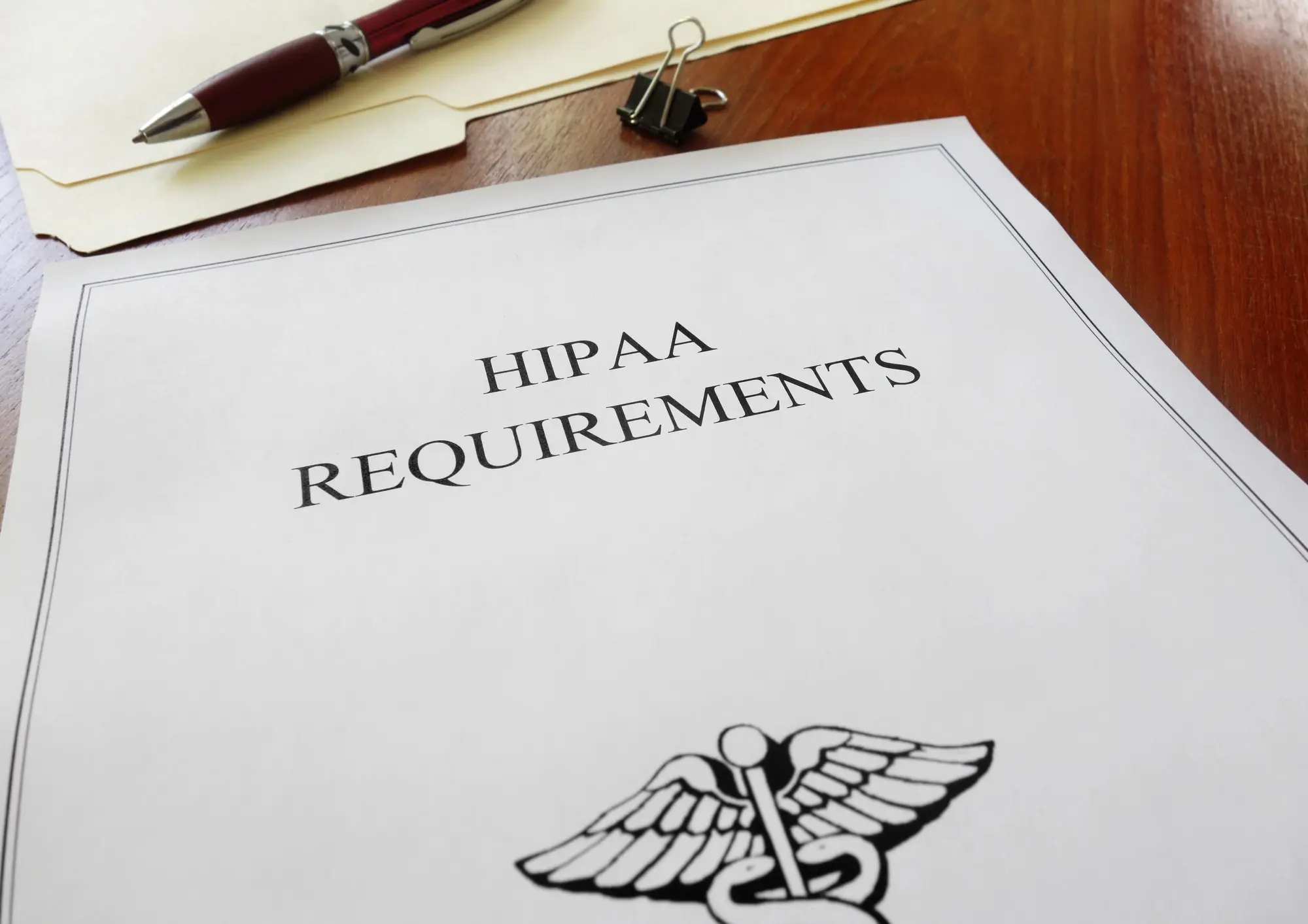
In a veterinary clinic, organization isn’t just about keeping things tidy—it’s about keeping animals safe, staff informed, and operations running smoothly. One of the most overlooked tools that contributes to all three is veterinary labeling.
From cage cards to medication instructions, clear and consistent labeling is critical in maintaining workflow efficiency and patient safety. Whether you run a busy animal hospital, a mobile clinic, or a small-town practice, prioritizing labeling best practices can help your team stay aligned and your patients well cared for.

Every day, your clinic handles a mix of patients, treatments, medications, and tests—often all at once. Without a reliable labeling system, things can quickly become confusing or even dangerous. Proper veterinary labeling helps:
The right veterinary labels make everything easier—from intake to discharge.
Accurate cage labeling ensures that each animal receives the correct food, medication, and handling. Cage cards & labels can include feeding instructions, medical notes, or behavioral alerts—and they’re essential for multi-day boarding and hospital stays.
Veterinary drug labels and drug tapes clearly identify medication names, dosages, routes of administration, and patient information. This helps avoid errors and supports more transparent communication with pet owners.
Labeling is essential for lab tests, diagnostics, and physical exams. Veterinary exam labels help track what was done and what’s still needed, while specimen labels ensure samples are accurately matched to the right patient.
For animals staying multiple days, collars and visual labels make all the difference. Pet collars help identify animals in shared spaces, and communication labels flag things like aggression, allergies, or fasting requirements.
Do you need to print on demand? Zebra-compatible labels are ideal for fast, accurate label creation in high-volume veterinary environments.
When your labeling system is dialed in, everything else follows:
Fun fact: even something as simple as using fun stickers can make instructions more memorable—and help staff spot essential details at a glance.
Keeping your clinic organized starts with clear, consistent labeling. When every team member knows what to look for and where to find it, daily care becomes safer, smoother, and more efficient. Explore Nev’s Ink’s veterinary labeling solutions to find the right tools for every part of your practice, from surgery to boarding.